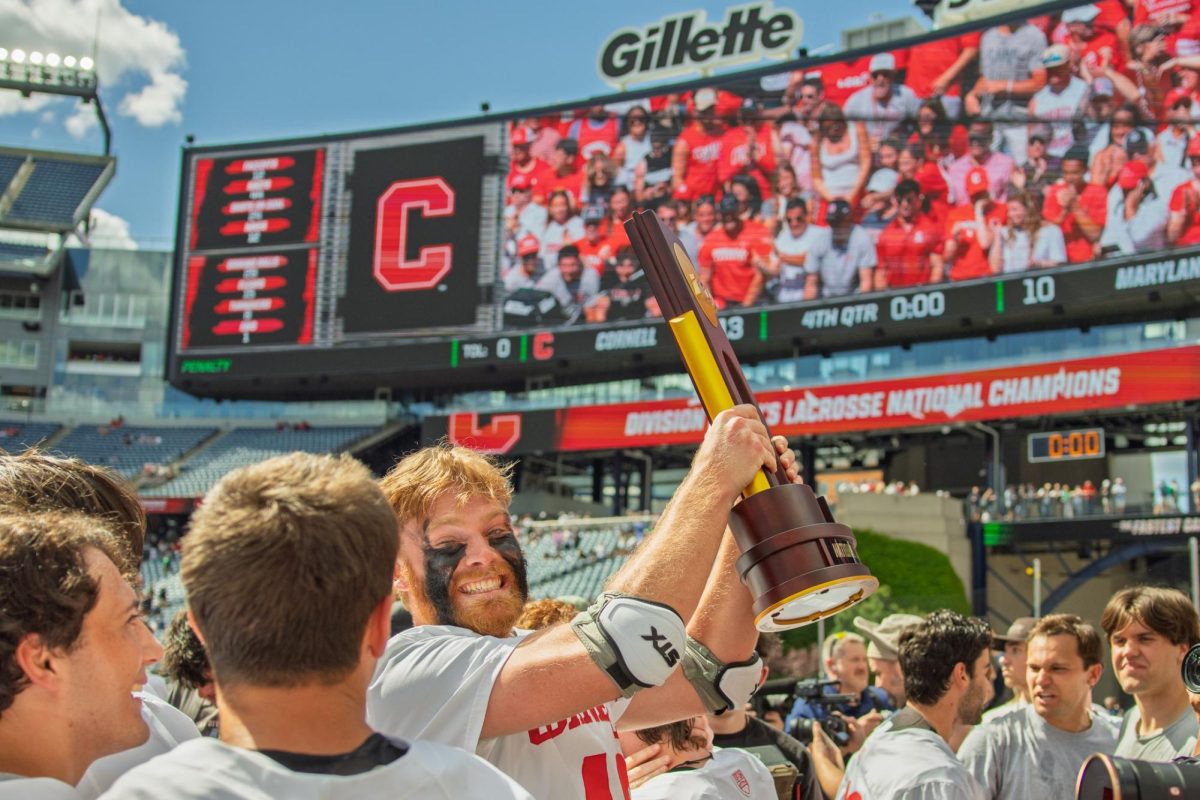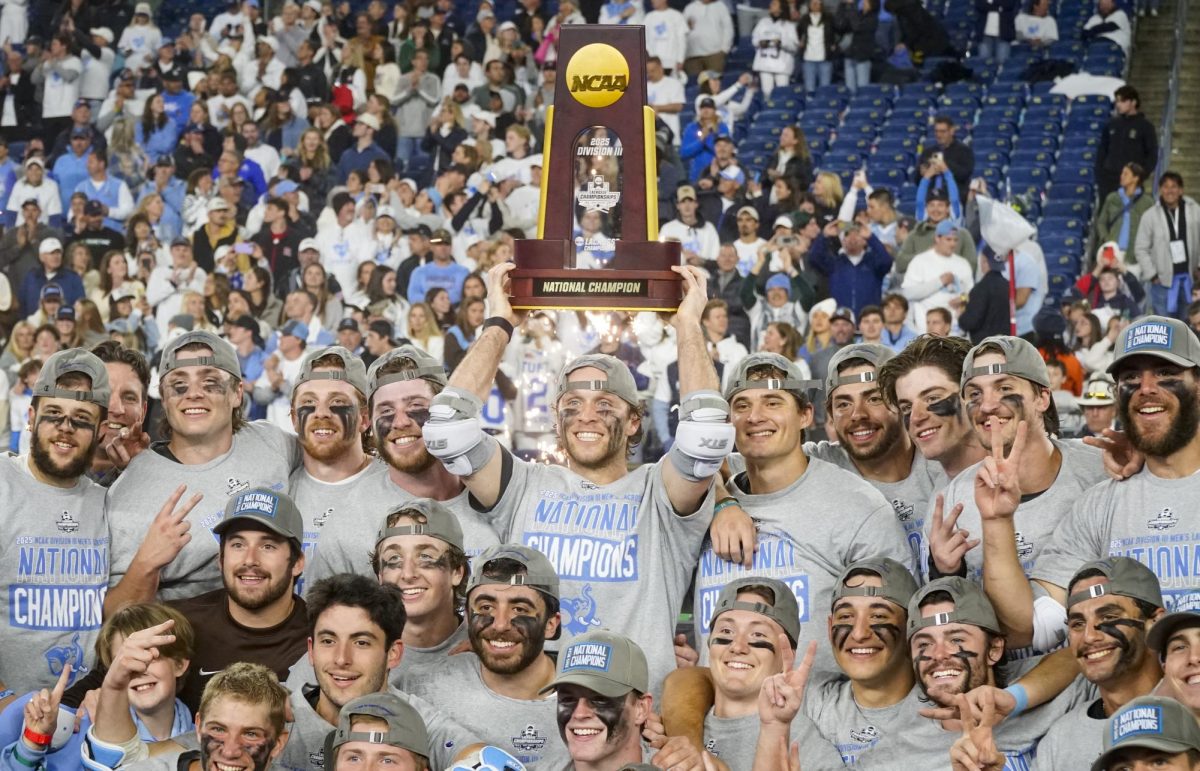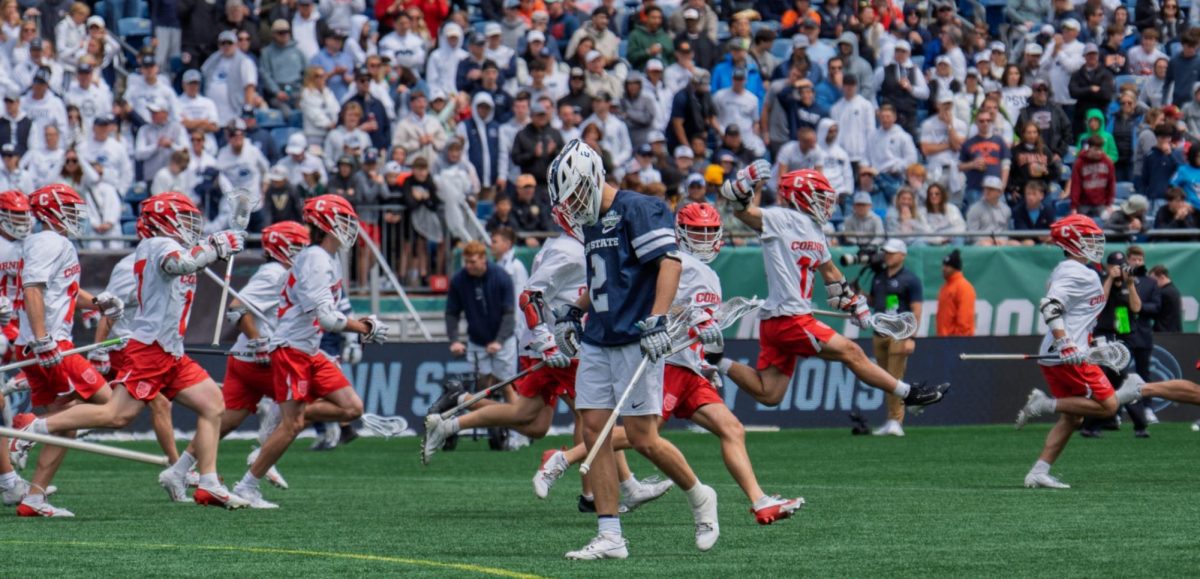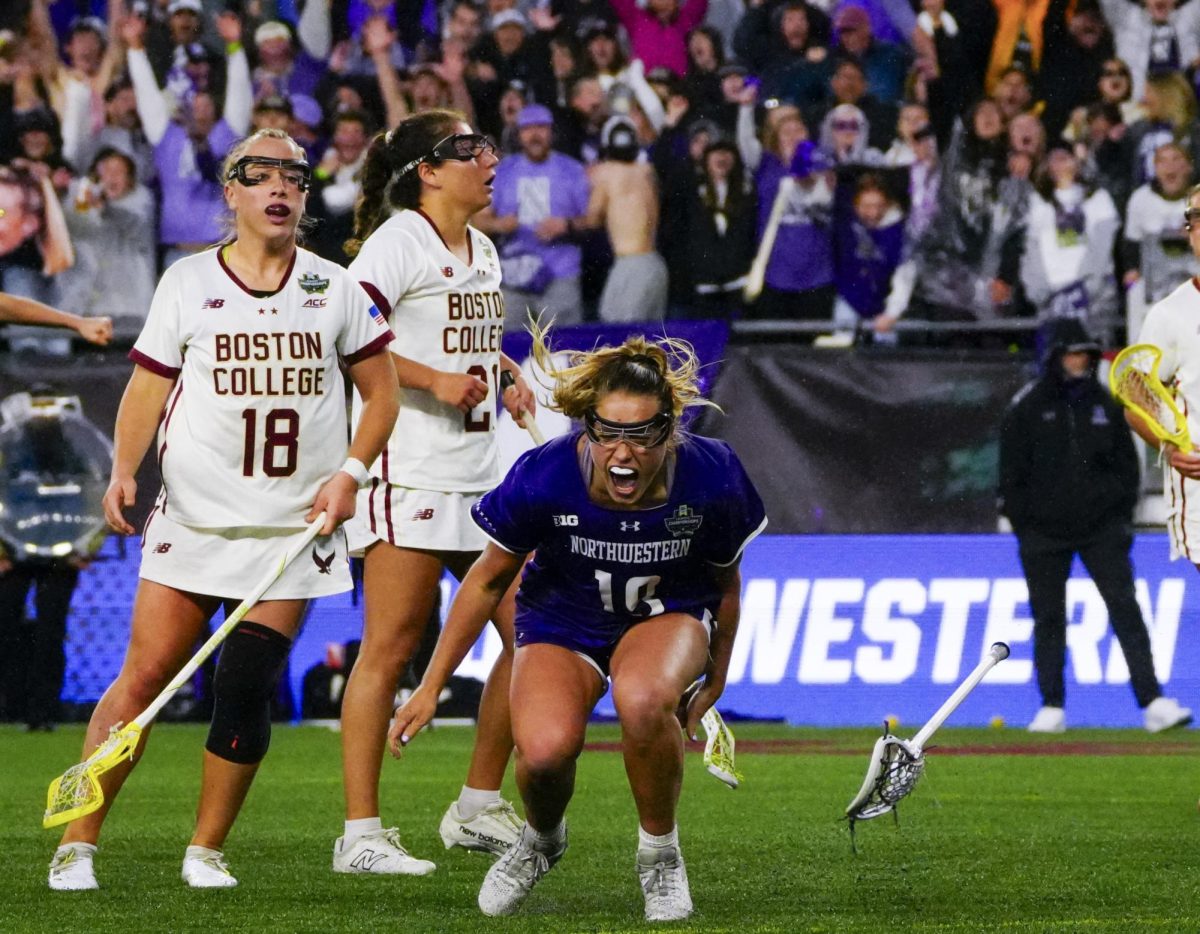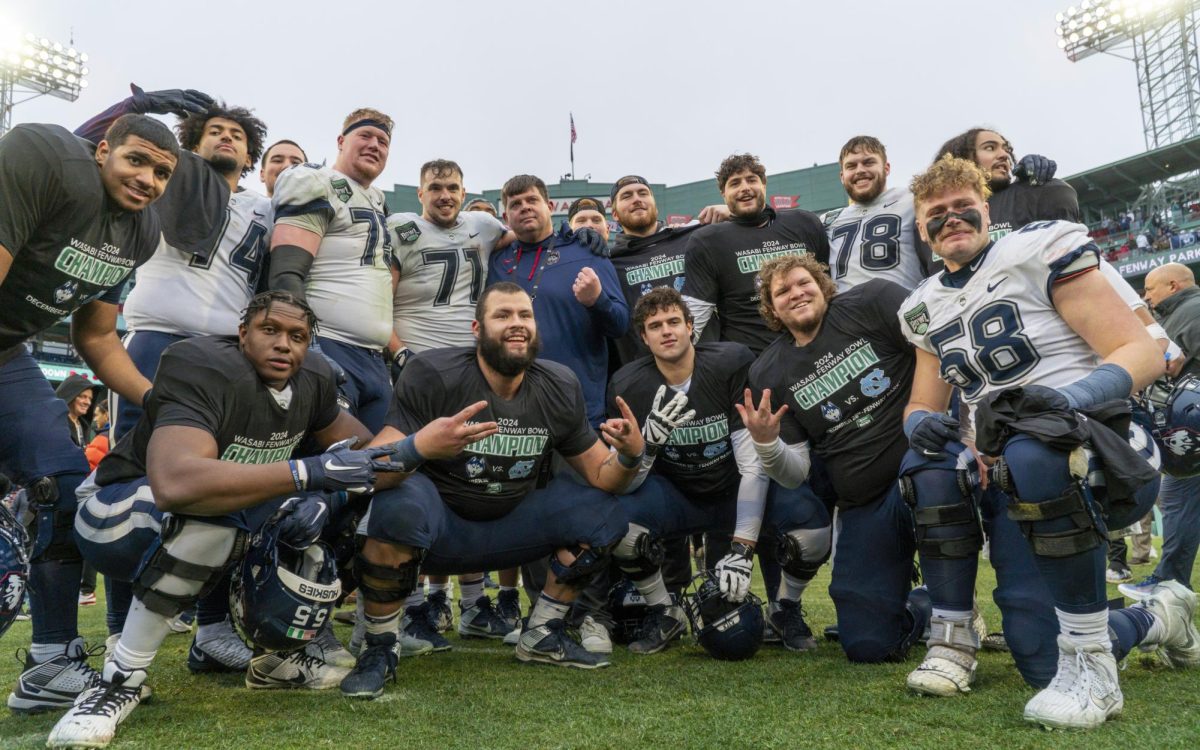Opinion: The irony of fairness in the trans youth sports debate
The interpretation of Title IX is at the crux of any conversation regarding trans student-athletes.
July 31, 2021
In early March, the New Jersey statehouse introduced the “Fairness in Women’s Sport Act,” which would “secure a fair and level playing field” in women’s sports teams by excluding transgender female athletes. Days later, Mississippi Governor Tate Reeves supported a bill of similar nature for eliminating the “unfair challenge” brought by transgender female athletes. And in April, Arkansas Governor Asa Hutchinson lauded an identical bill for “promot[ing] and maintain[ing] fairness in women’s sporting events.”
Across 29 states, more than 60 GOP legislators have written bills gatekeeping trans high school students out of youth sports. The irony of these bills is that their basis is Title IX, the 1972 law that prohibits discrimination “on the basis of sex” at federally funded educational institutions.
Operating under the guise of equality, this breed of bills forces transgender student-athletes to compete under their biological gender at birth, with some states requiring that they undergo physical examinations. By eliminating the assumed biological advantage of trans female athletes, the bills guarantee cisgender females fair access to critical scholastic athletic opportunities and scholarships to universities and colleges — at least according to the bills’ sponsors.
The reality is that sports will always be ridden with inequalities, regardless of whether they involve cisgender or transgender athletes. The ideal body of a marathoner is different from the body of a shot putter. A trans woman athlete may possess an advantage on the basketball field because of her height; but that very same advantage would be a disadvantage in gymnastics.
If legislation targets trans student athletes because they present an “unfair biological advantage,” then why not target tall basketball players, short gymnasts, and long-legged runners?
Legislators argue that anti-trans youth sports bills defend Title IX for cisgender women. But what they conceal is that their laws would simultaneously violate the Title IX rights for transgender women.
To understand why Title IX matters in this conversation nearly a half-century after it was passed into law, it helps to explore how Title IX has both protected and marginalized trans student-athletes across different presidential administrations.
The Obama administration interpreted Title IX to cover discrimination on the basis of assigned sex, gender identity, and transgender status. Kylar W. Broadus, a trans rights activist and attorney who worked closely with the Obama administration, drafted guidelines for Title IX that were inclusive for LGBTQ students in colleges — including allowing them to transition.
“Title IX gave equity to people who didn’t have equity,” Broadus told me.
But that changed when his successor took office. The Trump administration allowed states and local school districts to determine whether trans people could access sex-segregated facilities. So when the Biden administration began to unravel that policy change, frustrated GOP legislators responded by initiating a nationwide wave of bills. Trans female athletes became a wedge issue for Republicans, and this wave of bills represents backlash against loosening interpretations of Title IX protections.
Now, these lawmakers exploit Title IX to promote equity for those who need it least (the majority of cisgender female athletes), while suppressing legal protections for those who need it most (trans people in the minority).
“Losing hurts,” said Danielle Tanimura, a professional trans Paralympic judo sensei and coach. “But cutting a whole population from access to public life is disheartening.”
Other scholars say that this legislation doesn’t just mangle fairness, it also exploits feminism.
“These bills use the language of feminism to exclude trans women from athletics,” said Joy Ellison, a trans historian and Ph.D. candidate at Ohio State University. “In reality, this is an extension of patriarchal ideas: that certain girls –– white girls –– deserve protection from scary women.”
Opponents argue that these bills would do very little to fix the problem of fairness –– because the problem does not exist. Doctors say there is little biological evidence to prove that trans female athletes disadvantage their cisgender peers. A 2017 study by Loughborough University and University of Nottingham found no direct or consistent research suggesting trans female individuals have an athletic advantage.
Lawmakers also fail to cite any controversies involving trans student-athletes within their own states, weaponizing one controversy in Connecticut. In 2019, three cisgender female runners filed a Title IX complaint against the Connecticut Interscholastic Athletic Conference, arguing they had been deprived of wins, state titles, and athletic opportunities because of policy that allowed two transgender athletes to compete.
Yet the Connecticut case paints a misleading image that trans female athletes dominate and squash their cisgender peers.
“Only a small minority of trans athletes get to reach a high level,” said Tanimura.
“Most trans kids are just dead average,” Ellison added. “They just want to live a normal life, to play and have fun.”
–July 31, 2021–









